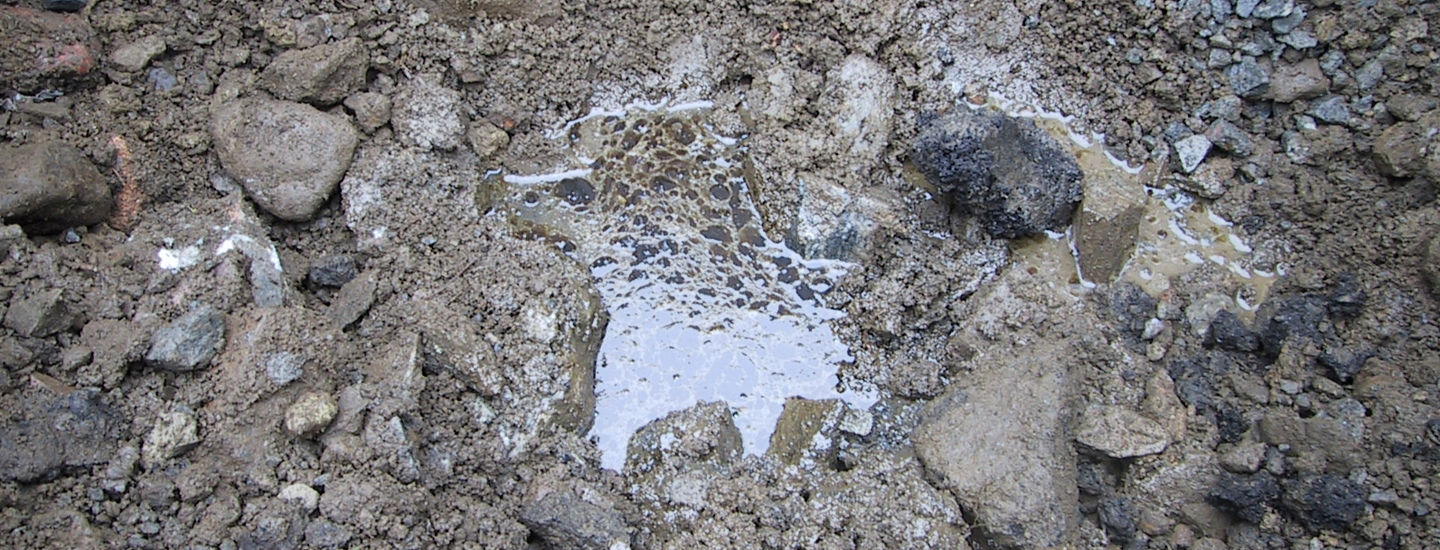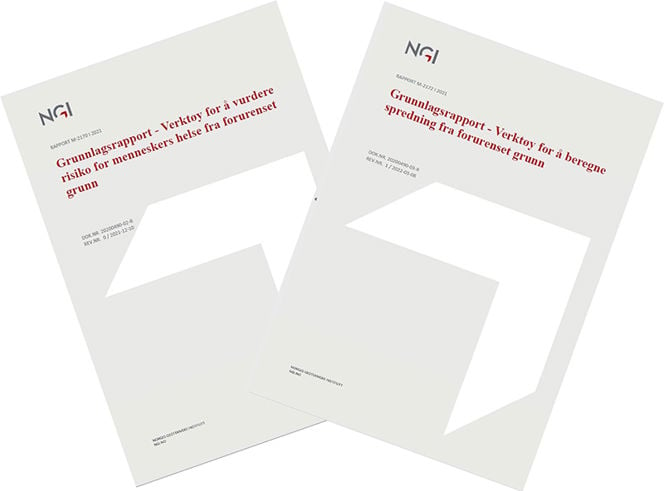Contaminated ground

Contaminated soil poses a risk of damage to our health and the external environment, and increases the cost of building and construction projects where contaminated masses have to be handled. NGI has extensive experience with mapping and assessment of contaminated land.
The ground can be contaminated by man-made environmental toxins or naturally occurring elements. There are strict requirements for investigation, characterization and disposal of contaminated soil.
Is your property contaminated?
This is an important question, whether you as an initiative owner are planning a large project where large volumes of excavating materials / blasting stones must be handled, or you as an investor are considering a purchase object, or you as a private person find waste when digging in your garden.
You have to deal with a myriad of laws, regulations and guides within the field, and often extensive assessments have to be the basis for the shovel to be put in the ground and the project to start. At the same time, the regulations ensure that pollution does not go astray and that health and the environment are protected.
In connection with industrial and urban areas, there will usually be contamination in the ground. Still, outside the cities, there is also ground contaminated from historical activity, often related to filling masses. Rocks can also be a source of pollution, through the spread of heavy metals into the environment or radon gas, which poses a health risk in buildings.
NGI investigates and assesses projects, and educates the industry
NGI has extensive experience with mapping and assessment of contaminated land as well as planning and implementing measures at some of the largest industrial areas in Norway. Mapping and monitoring contaminated land and water is done by a traditional sampling of soil and water and by using self-developed methods for advanced instrumentation and online monitoring.
The measures can be as simple as excavating and handling masses where the masses have to be removed from the site in any case, or more advanced actions on site with, for example, breaking down pollution into masses or adding geosorbents to capture pollution.
New tool for risk assessment
Commissioned by the Norwegian Environment Agency, NGI has developed a new tool for risk assessment of contaminated land for human health and spread. The tool will help answer whether the pollution can remain, be reused in the area, or be disposed of at an approved reception.
NGI also holds, commissioned by the Norwegian Environment Agency, courses for the industry in soil, water and sediment sampling and using risk tools for human health and proliferation.

NGI also holds, commissioned by the Norwegian Environment Agency, courses for the industry in soil, water and sediment sampling, as well as the use of risk tools for human health and proliferation.
